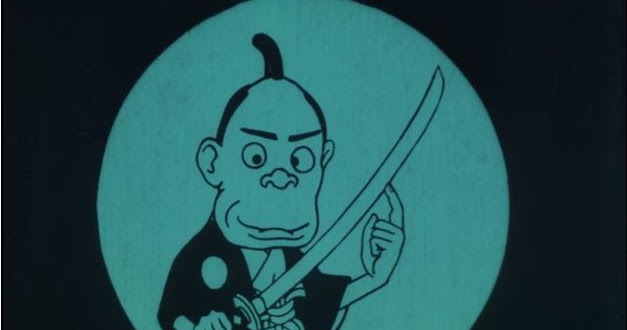In 1981, the philosopher Mary Midgley argued against cultural relativism in an article titled “Trying Out One’s New Sword.” In it, she makes reference to “a verb in classical Japanese which means ‘to try out one’s new sword on a chance wayfarer.’ (The word is tsujigiri, literally ‘crossroads-cut.’) A samurai sword had to be tried out because, if it was to work properly, it had to slice through someone at a single blow, from the shoulder to the opposite flank. Otherwise, the warrior bungled his stroke. This could injure his honor, offend his ancestors, and even let down his emperor.” Those of us who feel unable to condemn this practice due to cultural distance have fallen victim, in Midgley’s view, to “moral isolationism.”
One could object to Midgley’s use of this particular example: the historical record doesn’t suggest that tsujigiri was ever common practice, and certainly not that it was approved of by the wider society of feudal Japan. About half a century after the abolition of the samurai class in the eighteen-seventies, however, it does seem to have become the stuff of comedy.
This is evidenced by The Dull Sword (なまくら刀), a 1917 short film by Japanese animator Jun’ichi Kōuchi. When its luckless ronin protagonist buys the titular weapon and attempts to try it out, he ends up defeated by his unsuspecting would-be victim, a blind flute-playing beggar. (He has no better luck after nightfall, as shown in a final sequence in silhouette reminiscent of the work of Lotte Reiniger.)
Upon its rediscovery in an Osaka antique shop fifteen years ago, The Dull Sword became the oldest surviving example of what we now know as anime. Aesthetically, it resembles a newspaper comic strip come to life, much as, after the advent of television, more ambitious productions would adapt the look and feel of full-scale manga books. Anime has developed and expanded immensely over the past century, but it still — at least in certain of its subgenres — retains a penchant for taking acts of violence and thoroughly stylizing them, in the process often rendering them comic or even ironic. You could say The Dull Sword, despite its modest scale, does all of that at once. And however different its time and place are from ours, we can nevertheless laugh at the fate that befalls its bungling antihero.
Related content:
Early Japanese Animations: The Origins of Anime (1917 to 1931)
How to Be a Samurai: A 17th Century Code for Life & War
The Aesthetic of Anime: A New Video Essay Explores a Rich Tradition of Japanese Animation
Hand-Colored 1860s Photographs Reveal the Last Days of Samurai Japan
A Vintage Short Film about the Samurai Sword, Narrated by George Takei (1969)
Based in Seoul, Colin Marshall writes and broadcasts on cities, language, and culture. His projects include the Substack newsletter Books on Cities, the book The Stateless City: a Walk through 21st-Century Los Angeles and the video series The City in Cinema. Follow him on Twitter at @colinmarshall or on Facebook.
